
50 Years: The Explosion - The 80's
Umpqua has built an empire in our industry, and it started with an A Frame Cabin on the banks of the North Umpqua River. Based on all accounts, it should not have happened. It was such an improbable story you could have never come up with most of it. Doing things that no one had ever done before, and yet, it happened.
In the process, Umpqua changed the way the fly fishing industry was able to scale and grow through the production and delivery of fly tackle and the highest quality flies, designed by Royalty Tyers. Umpqua is built on a legacy of innovation and has encouraged innovation at pivotal moments.
This is the Umpqua Story told by some of the people who were witness to the events.
The Explosion - the 80's
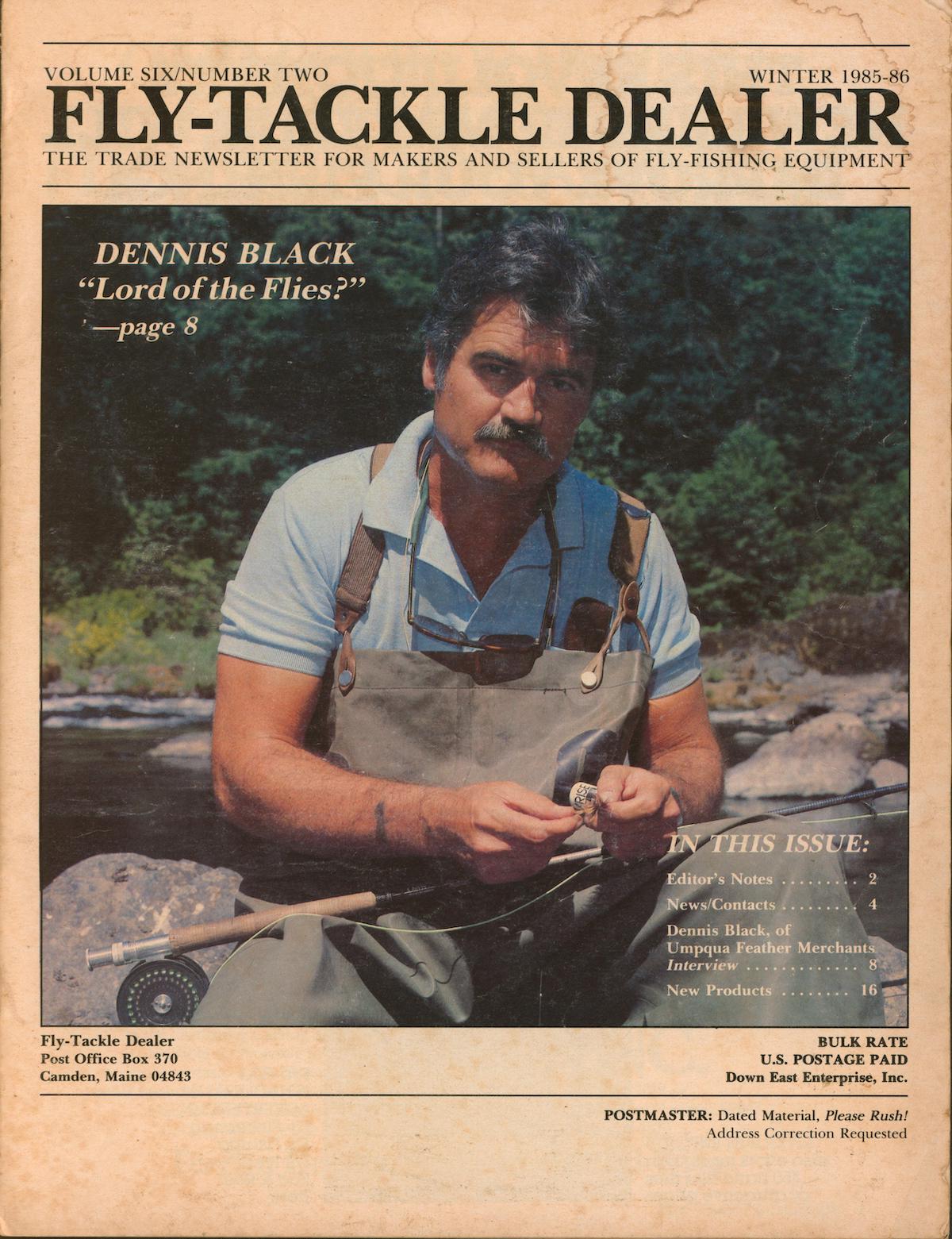
Umpqua founder Dennis Black
As the 1980’s started, Umpqua maybe had somewhere around 100 flies and five or so Signature Tyers. The US was engaged in a massive arms race with the USSR and Umpqua was ramping things up, too. It was during this period that Umpqua added powerhouse tyers like Lefty Kreh, Gary LaFontaine, Larry Dahlberg, Dan Blanton, Hal Jansen, Andre Puyans, E.H. “Polly” Rosborough, Bob Clouser, Chico Fernandez, Bob Quigley, Rene Harrop, Gary Borger, George Anderson, AK Best, Shane Stalcup, John Barr, and the list goes on and on.
As demand grew and specialty patterns exploded, the quality of an Umpqua fly needed to remain high, and production needed to grow.
In 1981 Dennis partnered with Mr. J. Nihal De Mel to create Lanka Fishing Flies in Nugegoda, Sri Lanka. Almost a decade later, his son, Suresh De Mel returned home from the United States after graduating from Cal Poly and working as an Agricultural and Environmental Engineer to take the helm at the operation. Thanks to Suresh’s leadership, Lanka Fishing Flies celebrated its 40-year anniversary in 2021.
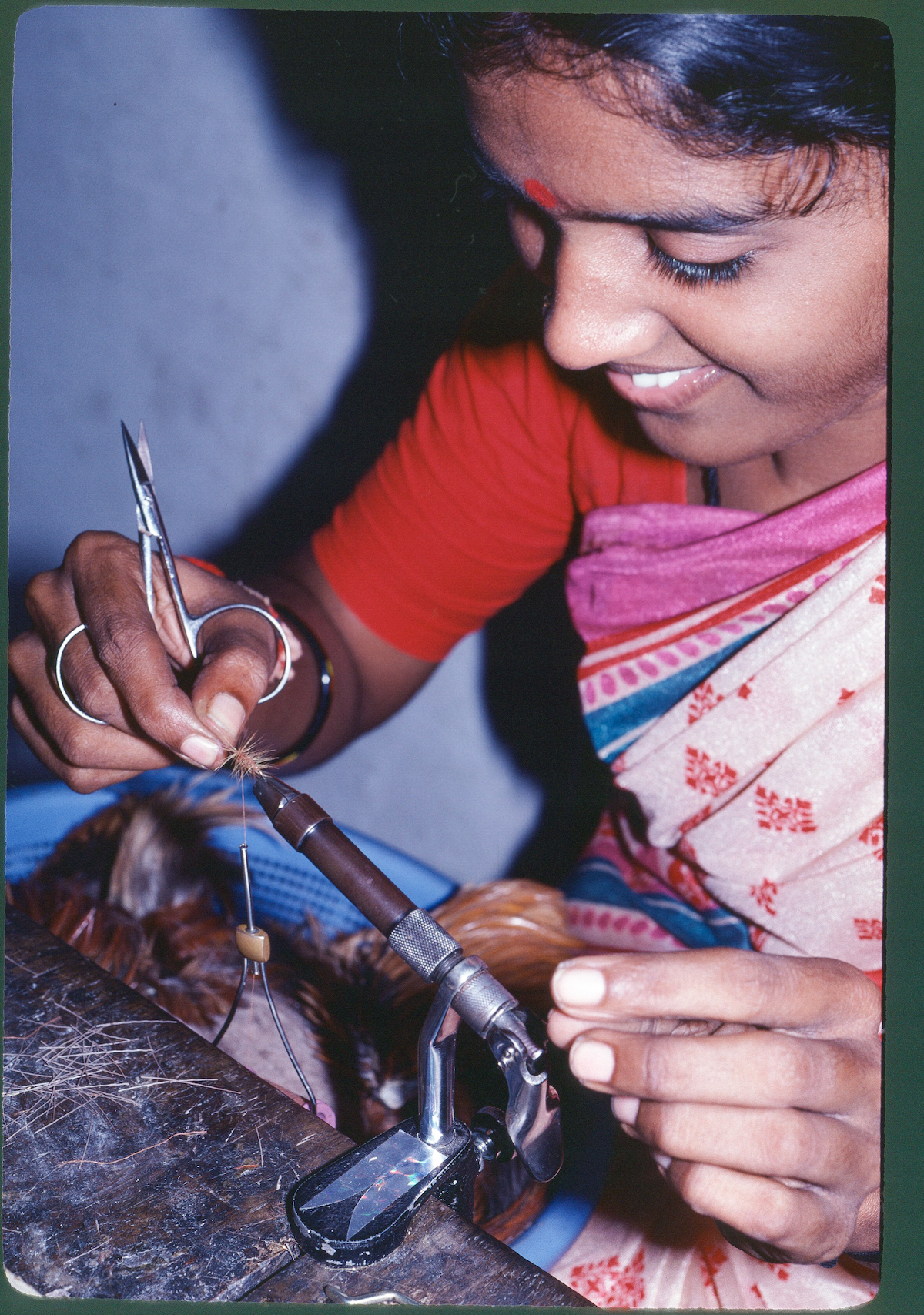
Factory tying
“Well, I think that’s one reason I got hired at Umpqua. I was an artist,” Dave Hall says. “When I started there were no fax machines. I would get flies in and look at the rejects and do a drawing of the reject and then do a drawing of what the fly was supposed to look like. Then I would mail those letters off. Obviously, you can see the problem with that.”
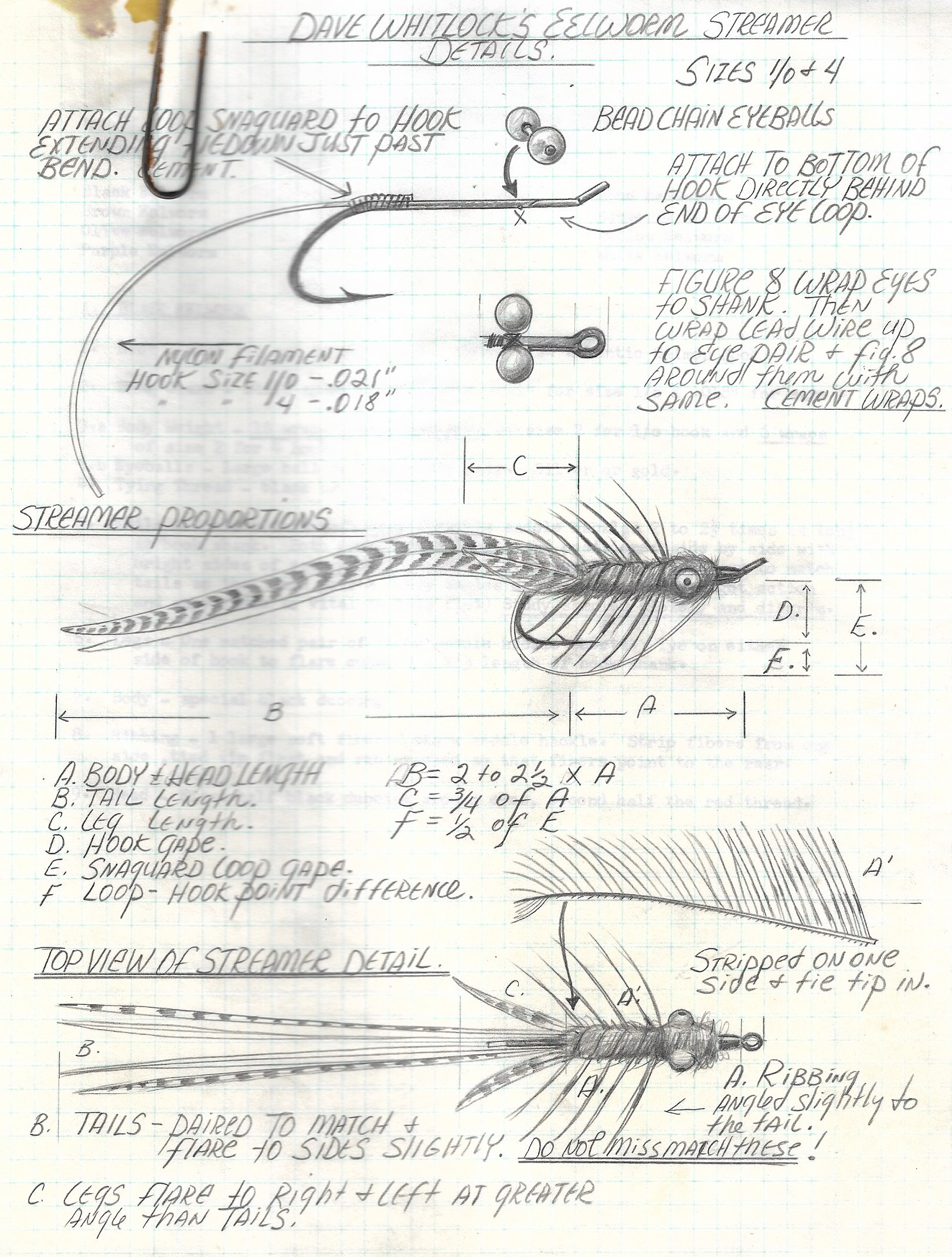
Dave Hall's drawings sent via fax to factories
“We tried to phone solutions for a while. But it was the fax machine that changed things in the mid-eighties. I could do drawings and we could have them to our factories in minutes, so if they used the wrong material or tails were too short or the hackle was too long or the wings were backwards or whatever, we could fix all that immediately. The next thing you know, Umpqua’s quality went through the roof and rejects went down to 1-2%.”
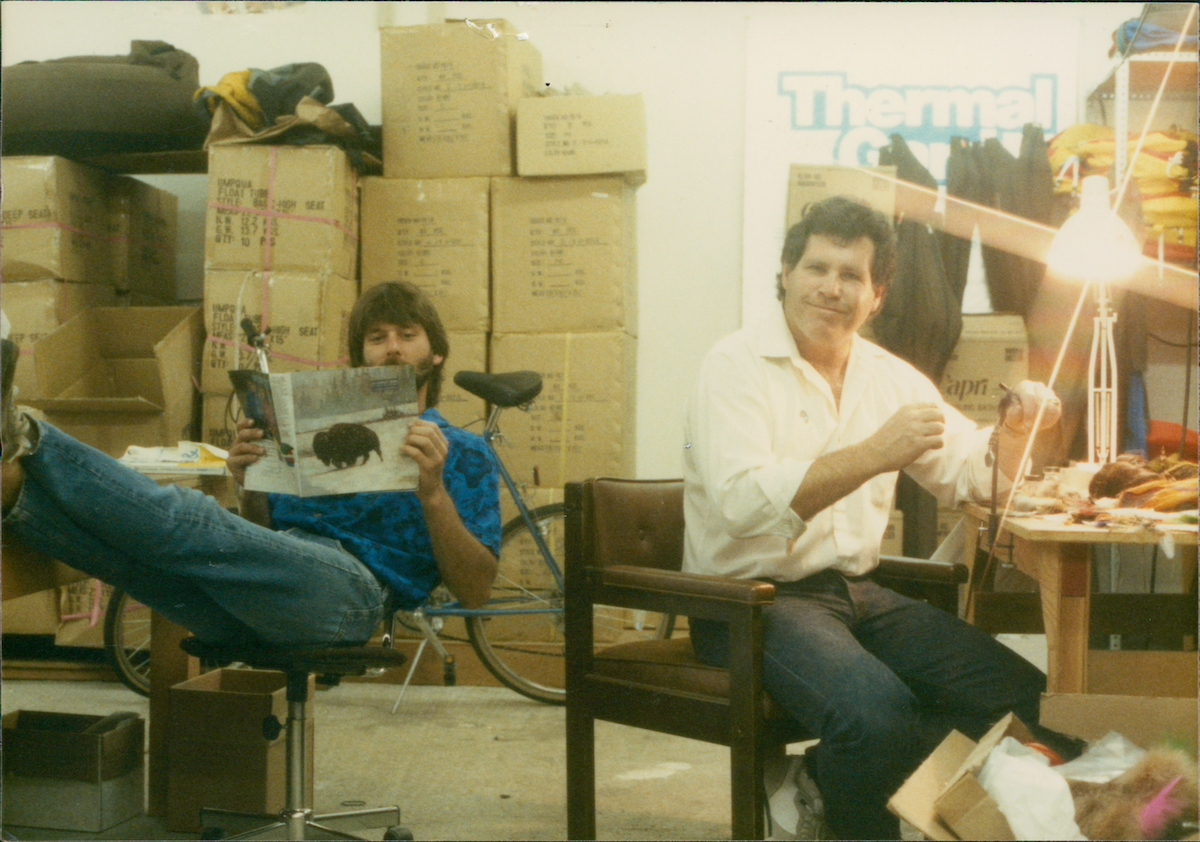
Dave Hall(right) at Umpqua in Glide, Oregon
Further down the road in 1987, Dennis started a factory in Chiangmai, Thailand—Thai-A-Fly. The core operating principles at Thai-A-Fly since inception have been quality and efficiency. Much of Thai-A-Fly’s success can be attributed to its strong ownership of Dennis, Amnuay Kawewong, and its longtime Managing Director John Lyons. Later down the road in 2009, Umpqua purchased Thai-A-Fly and now partners with John and his wife Jad.
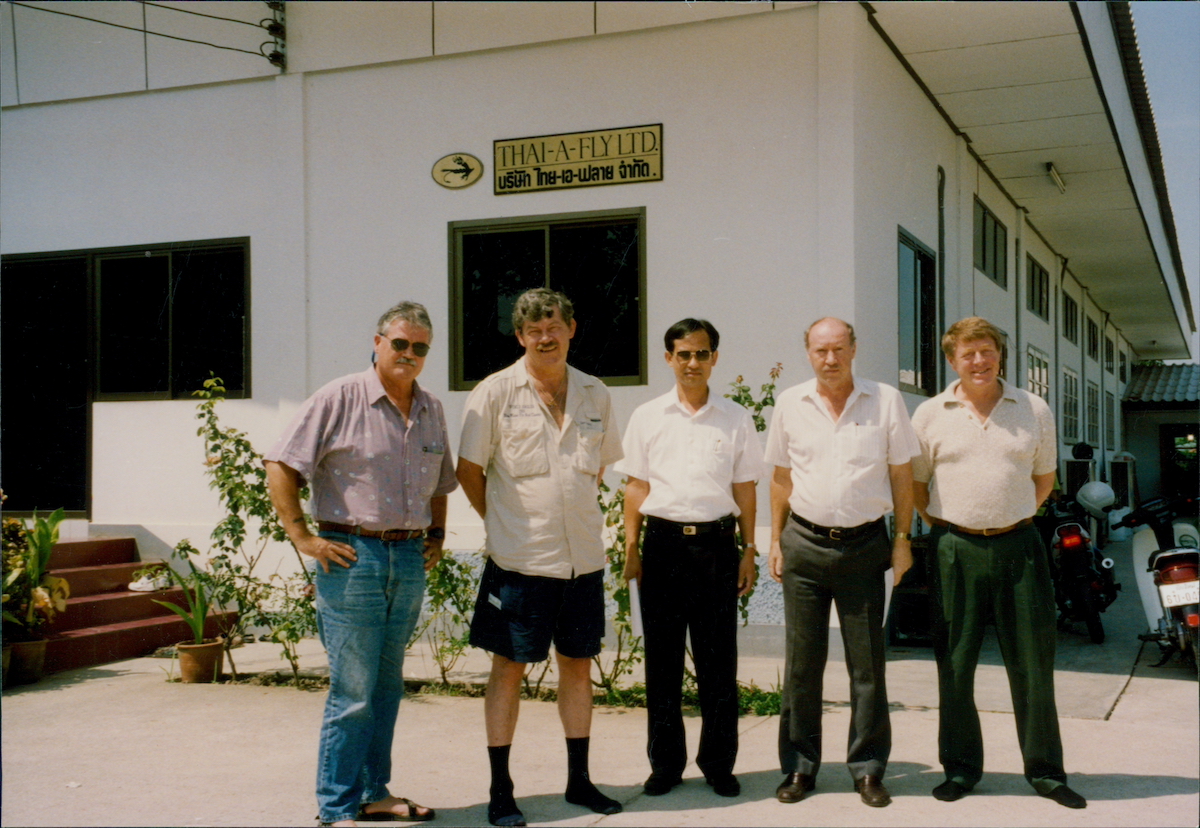
Dennis and Co in Thailand
Were it not for the talent, expertise, and commitment to quality at Lanka Fishing Flies and Thai-A-Fly, the Umpqua story would have ended long ago.
“We opened new fly factories in India, Sri Lanka, Thailand and closed a number of other factories that just couldn’t keep the quality where it needed to be for us.” Excerpts from an interview with Dave Hall who was Umpqua’s Fly Guy from 1986-2006 and artist who painted Umpqua’s catalog covers from 2006-2019.
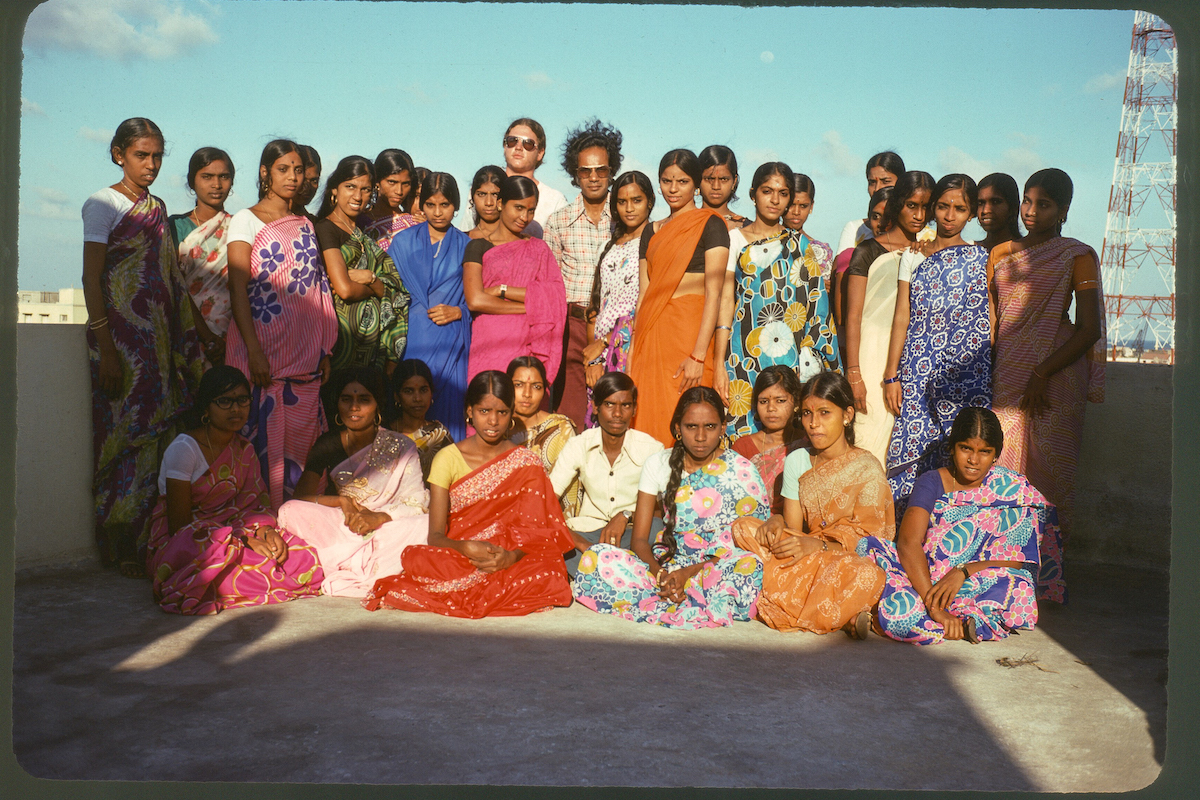
Production tyers
Not only was the quality of the flies getting better, but Umpqua was also becoming more of a common name in fly shops across the country. And the best was yet to come.
With production demand so high securing premium hackle was a must, Bucky Metz became a key partner. A word from Bucky Metz spring of 1989. “Our birds are running higher in quality this year than any time in recent memory.” This among other reasons was why just a few years later, Umpqua acquired the Metz Farm.
“I started work for Buck at Metz in 1984. Just as Umpqua was buying Metz in January 95’, one of our major chicken houses burned to the ground. And not even a year later, our warehouse flooded, and we lost another chicken house in the same week…the Metz/Umpqua business relationship started off very exciting!” chuckled Rick Dailey.
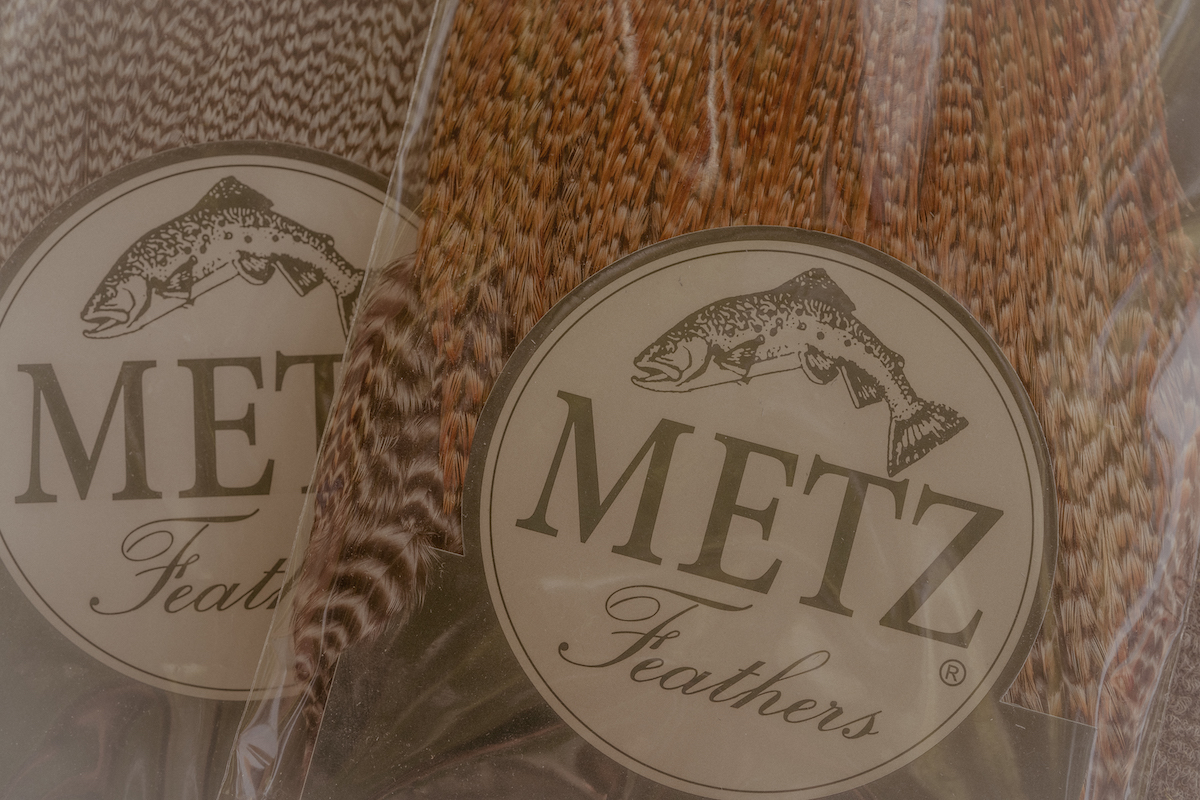
In addition to quality hackle, premium hooks were a key ingredient of Umpqua success.
“For years and years and years we only had Mustad. We didn’t know any difference, until Umpqua brought Tiemco to the states,” comments Mike Mercer looking back at the first time he put a TMC 100 into his jaws.
“You can’t overstate the quality and sharpness, but the hook designs were what got my attention most. As a tyer it opened up so much for me – I was no longer bound to a single chasse. They had all these models and shapes that had a direct effect on the way that I can tie flies. Woah, it was a real gamechanger!” Excerpts from an interview with Mike Mercer.
Umpqua had the exclusive and premiered the first four Tiemco hook models in the 1985 catalog. A space measuring just five square inches held the TMC 100, 101, 200, and 300. Ken Shimazaki, Tiemo’s hook designer, continued to build out the impressive list of forged and chemically sharpened hooks that were specific for fly design. “Those hooks made people better fisherman because that new chemically sharpened TMC got hung up more in the fish’s mouth,” says Charlie Craven. These were more than just hooks, this was another way for Umpqua to continue to evolve with unmatched quality at the center of the vision for fly production. These new Tiemco hooks also just made the Umpqua flies look cool.
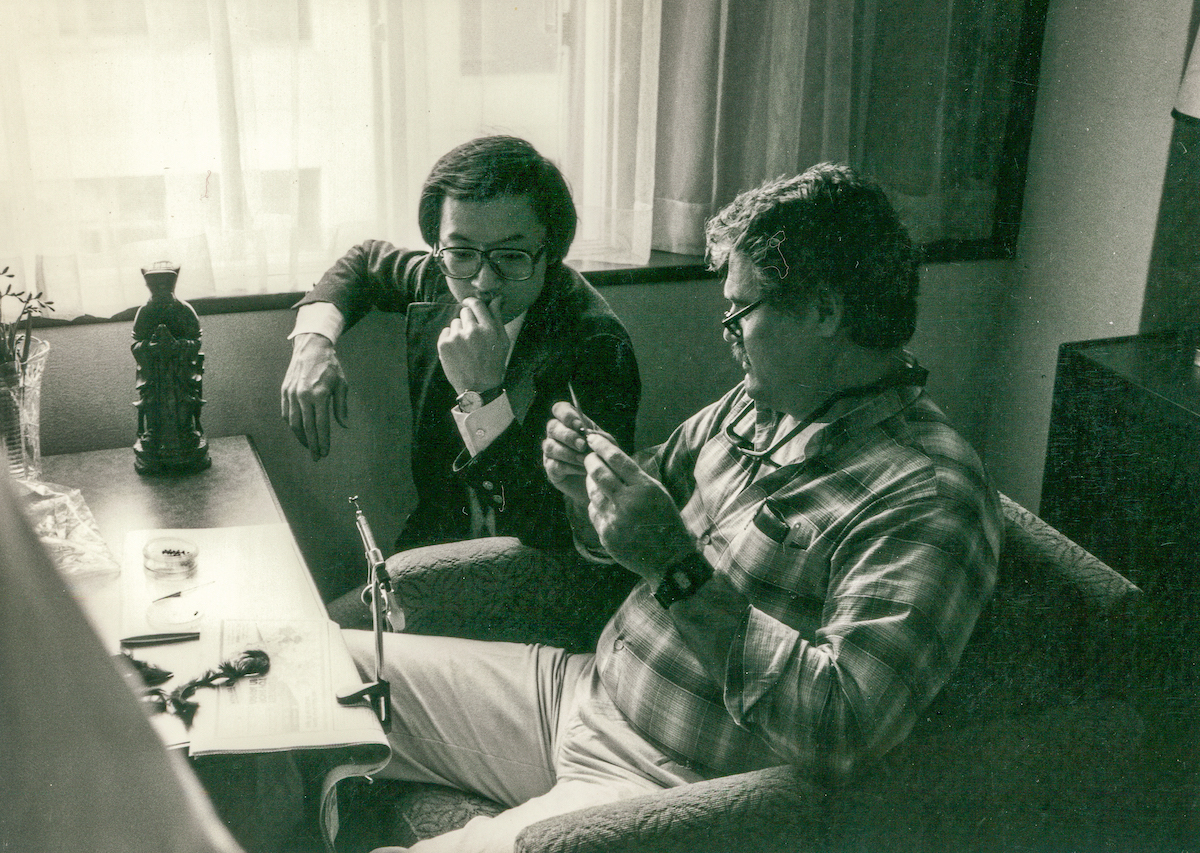
Dennis Black and Ken Shimazaki tying flies
And the innovation didn’t’ stop there. During the 80’s, Umpqua introduced the knotless tapered leader, which was a groundbreaking change for fly fishers, along with a complete line of pack and bags designed specifically for fly fishing.
The rest of the industry would have to follow once again.
-
For the month of July we will explore Umpqua in the 1990's!
